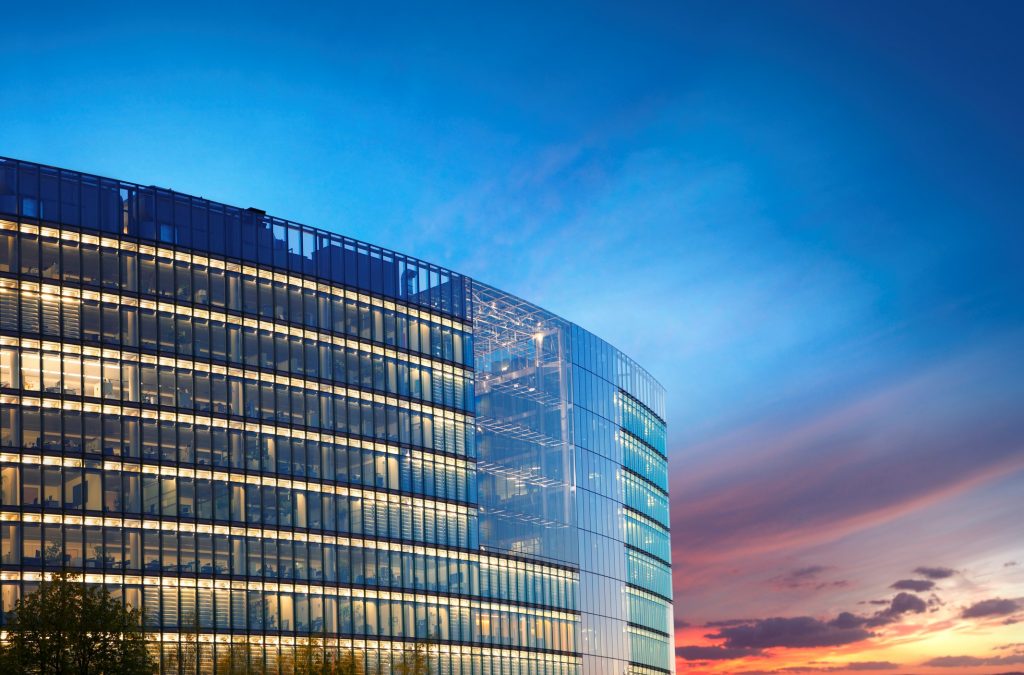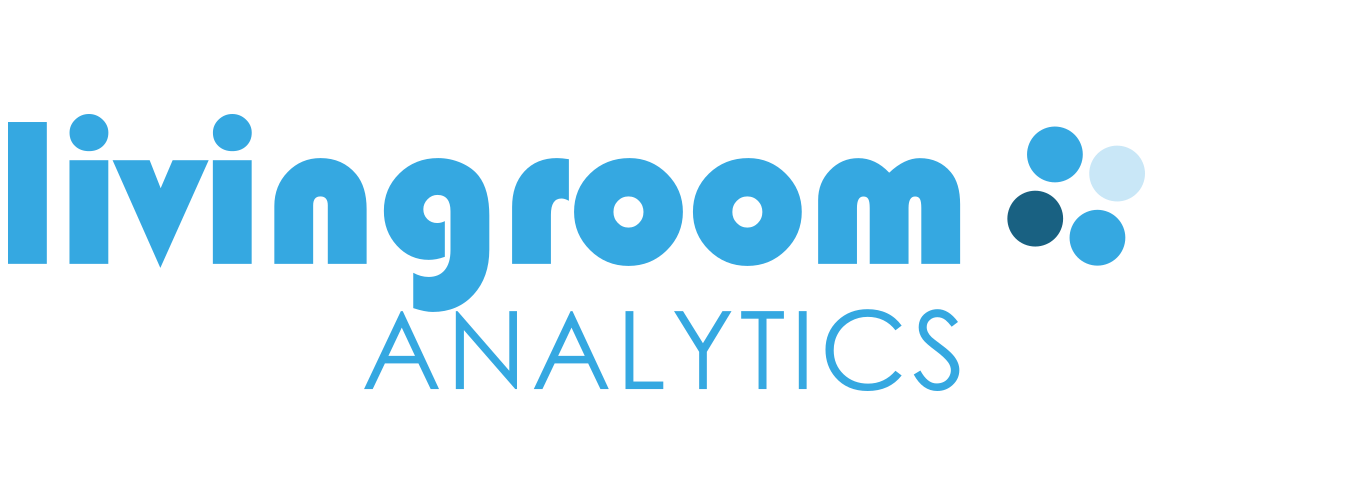In the Wake of the Crisis: The Rise of Workplace Communities
The Covid-19 crisis has hugely impacted the way we work. Before the pandemic, department and team members typically worked in proximity, either with their colleagues nearby or at least within the reach of a short walk. During the pandemic, however, working from home and collaborating remotely has become the new normal. While remote work has proven to be beneficial, for many it has also brought distress. The Society of Human Resource Management (SHRM) reports that the number 1 issue for remote employees is the feeling of isolation, as they describe feeling disconnected and filled with anxiety.
These feelings of isolation are deep-rooted and have revealed underlying issues. Most importantly, the crisis has highlighted our need for workplace communities. Despite working remotely, most employees have been able to carry on with their work. During an extended period, however, what many people have craved is the feeling of being connected, of working together, and the everyday colleague support. The small chit-chat in the hallway, the impetus of seeing colleagues working, the friendly jokes, and instant reach-out for advice – such moments are not facilitated by Microsoft Teams or Zoom. While work goes on, we have been left with a sense of emptiness and miss the small, unspoken everyday clues from meeting and seeing others, of being together, and doing work together.

In this article, I argue that one remarkable lesson that business leaders and HR managers can take away from the crisis is the importance of workplace communities. Invisible and often taken for granted, a workplace community is the foundation of all good work. A vibrant and thriving community brings support, fellowship, and hope to our everyday routine.
Invisible and often taken for granted, a workplace community is the foundation of all good work. A vibrant and thriving community brings support, fellowship, and hope to our everyday routine.
Intentionally building a strong and healthy workplace community has been key to the long-term success of world-class companies like Airbnb and IBM. By establishing a culture of belonging, Airbnb succeeded in becoming the world’s best place to work:
«For Airbnb, building a welcoming and inclusive culture is not something that is isolated to a single project or program. Facilitating belonging is part of the entire employee journey, incorporated in everything from recruiting and onboarding to citizenship, physical facilities, and food. Recently, the entire HR function at Airbnb was redefined to focus on this goal. With Mark Levy appointed as Global Head of Employee Experience, the HR unit was transformed into a hub for the company’s vision of the ‘workplace as an experience.»
How Airbnb Became the World’s Best Place to Work
A workplace community implies far more than socializing at the after-work hangout, chatting in the company lobby between meetings, or playing on the company’s soccer team. A workplace community is the “fellowship of a group of people working together towards a common goal.” It is deeply embedded in actual work and makes work possible. In the middle of preparing dishes, repairing roads, running customer projects, or researching a new cure for cancer, workplace communities are central and vital.

In the wake of the crisis, there are signs of an emerging awareness of the importance of workplace communities. Josh Bersin, a world-known industry analyst and HR expert, argues that the crisis is positively transforming companies. According to Bersin, the crisis has urged companies to take better care of their employees. We are experiencing a refocused investment in HR as well as an accelerated shift from focusing on individual to team performance:
«The Coronavirus is accelerating one of the biggest business transformations in decades. Yes, it’s a health crisis but for most companies, it’s also an incredible opportunity to transform. Consider a bizarre thought. In the middle of a pandemic, our research now shows that companies are treating their employees better than ever. And employee engagement, a problem that plagues more than two-thirds of companies year after year, is actually going up. […] one of the biggest HR trends over the last decade is the shift away from ‘individual performance’ to ‘team performance.’ The crisis is accelerating this too. […] Teams are coming together to listen to their people, talk, and work together on projects like never before. People are helping each other, asking each other how they’re doing, and listening more than ever.»
COVID-19 May Be The Best Thing That Ever Happened To Employee Engagement
This view is backed up by a recent Covid-19 Employee Experience study from Willis Towers Watson, reporting that 95% say senior leaders have demonstrated a sincere interest in employee well-being and safety during the crisis and 76% say collaboration within the organization overall has improved/improved significantly.
Similarly, Julie Cook Ramirez, a U.S. journalist and copywriter covering HR issues, recognizes an accelerated effort among companies in fostering a sense of belonging. In her article Is ‘Belonging’ the New ‘D&I’?, she encourages companies to promote employee belonging in the wake of the crisis:
«In a world where ‘social distancing’ has become the new norm, organizations are increasingly looking to foster a sense of belonging. […] Over the past four years, the importance of fostering a sense of belonging has been embraced by a growing number of companies, particularly those in the tech industry, where titles, programs, and functions incorporating diversity, inclusion, and belonging are becoming increasingly commonplace. And as organizations begin to strategize back-to-work plans for a post-pandemic work environment, centering concepts like belonging could provide a roadmap for ensuring workers feel both physically and psychologically safe.»
For some, this enthusiasm for a community seems a bit odd. These individuals stress that workplace communities can be destructive and filled with broken hopes, conflicts, slander, gossip, and power abuse.
No doubts – like other communities – the community at work has the potential to turn toxic and cause all kinds of harm. When power abuse, selfish ambitions, and me-first mentalities are allowed to dominate the workplace, it is very sad.
On the contrary, a vibrant, dynamic, and sound workplace community is the nerve of any modern business. A vibrant, healthy, and outward-focused community breeds success, compels customers, attracts millennials, and is capable of carrying the company successfully through a crisis.
On the contrary, a vibrant, dynamic, and sound workplace community is the nerve of any modern business. A vibrant, healthy, and outward-focused community breeds success, compels customers, attracts millennials, and is capable of carrying the company successfully through a crisis.
Why Building Workplace Communities Should Be Central to HR
Traditionally, HR departments have focused their efforts on taking care of the individual – from recruiting and onboarding to managing performance and rewarding. HR has acted as the link between the company and individual employees. Over the last decade, however, we have seen a shift in focus. HR has become a strategic business partner and turned its attention towards company strategy. With greater responsibility for strategy implementation and organizational change, many HR directors are also invited to join the top management team.
While the individual nor the management perspective should be neglected, the middle-level, community perspective holds enormous future potential for HR. Workplace communities, social identity, and employee belonging have been researched extensively (e.g., social identity theory, organizational identification, communities of practice) and written about by practitioners (e.g., Gee & Hanwell, 2014) but has yet to attract the attention from HR departments it deserves.

Since there are many reasons behind employee turnover, it is important to understand the factors contributing to it. Take a look at exit surveys and interviews and see if they highlight the same concerns. You can also investigate if the high turnover is limited to one department or rather something that is characteristic to the entire organization. Doing this may give you a starting point for identifying where the cultural issues are in your company.
To be relevant in 2020, HR needs to move beyond the individual and master group dynamics. HR should intentionally build thriving workplace communities and foster employee belonging.
Connecting the Lines
Despite the success of remote work, social distancing during the crisis has also brought distress and led to individual isolation. More than anything else, it has revealed our need for community. In the wake of the crisis, there are signs of renewed attention to the workplace community among companies.
Building thriving workplace communities does not happen accidentally, it takes a coordinated effort by HR and executives. By fostering a workplace community, the organization can gain a long list of advantages – it’s the oil making the whole corporate engine work. Accordingly, a workplace community holds the greatest potential for the future.
Questions that HR managers should ask are the following: How has Covid-19 impacted our employees? Have they experienced loneliness and feelings of being disconnected? What will it take for our company to build a stronger workplace community?
Want to read more articles like this? Join the Livingroom Newsletter
ABOUT THE AUTHOR
Roar V. Bovim is an experienced speaker and consultant to several large and medium-sized companies. He holds a Ph.D. in organizational identity and social psychology and is a lecturer at the Copenhagen Business School.
In 2017, Roar founded Livingroom Analytics, the new, groundbreaking platform for measuring and improving employee experience. Every company faces the challenge of building a workplace in which people feel engaged and perform well. Livingroom helps managers identify people challenges as well as deliver the right tailored actions for improvement of organizational results.


